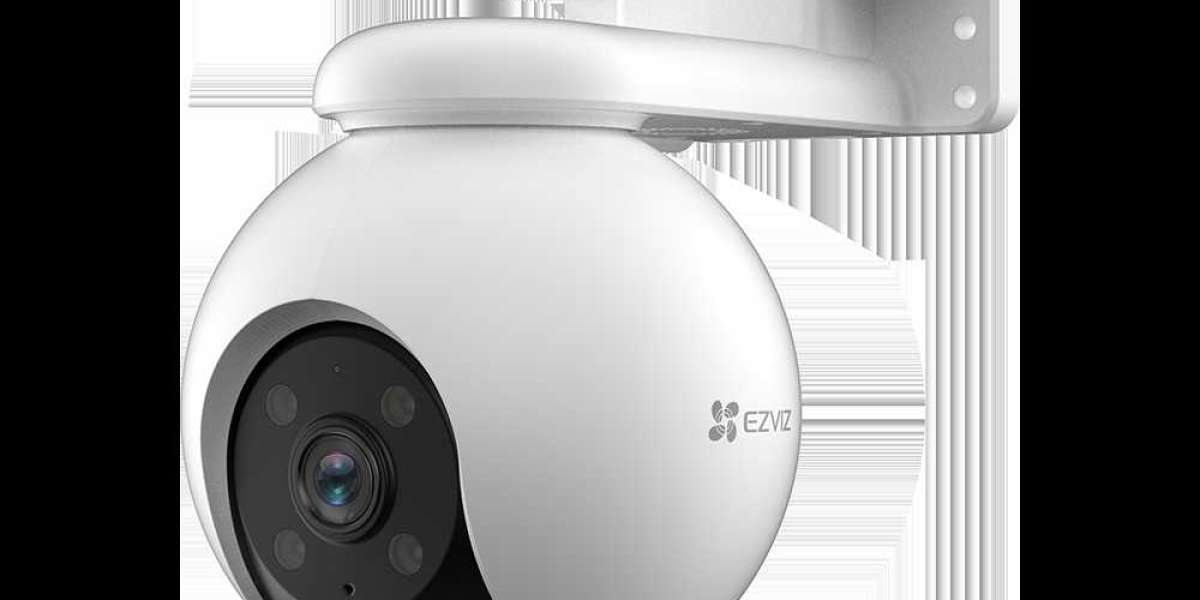Search
Popular Posts
-
 Panthers 2023 period opener countdown: 88 times in direction of move
By ManaKevin
Panthers 2023 period opener countdown: 88 times in direction of move
By ManaKevin -
 15 Of The Best Pinterest Boards Of All Time About Private Online Psychiatrist
15 Of The Best Pinterest Boards Of All Time About Private Online Psychiatrist
-
 Based On Customer Responses
Based On Customer Responses
-
 Why You Should Concentrate On Improving Slot Casino
By rainbet2359
Why You Should Concentrate On Improving Slot Casino
By rainbet2359 -
 lap dat camera an ninh cua hang chat luong cao
lap dat camera an ninh cua hang chat luong cao

